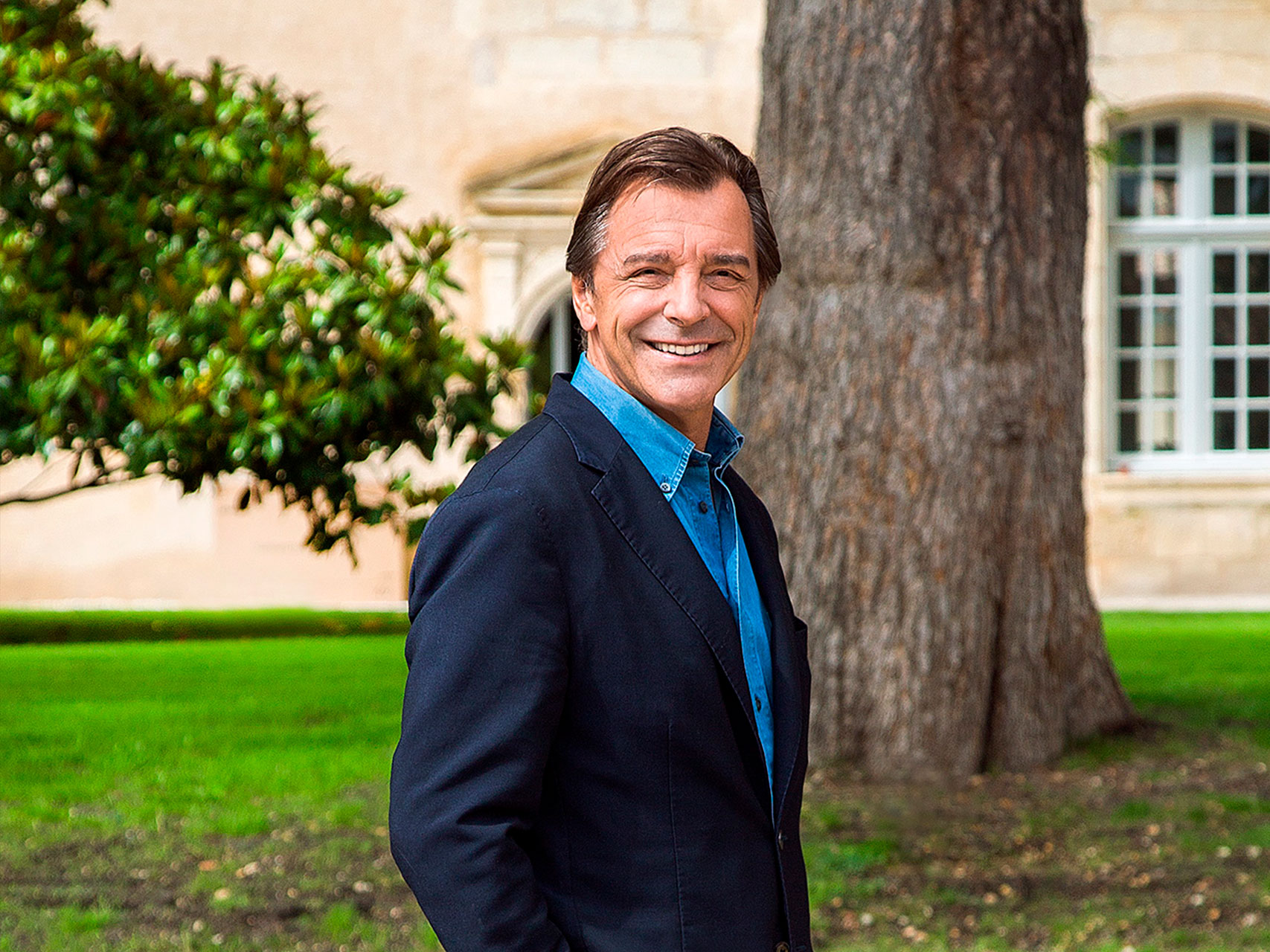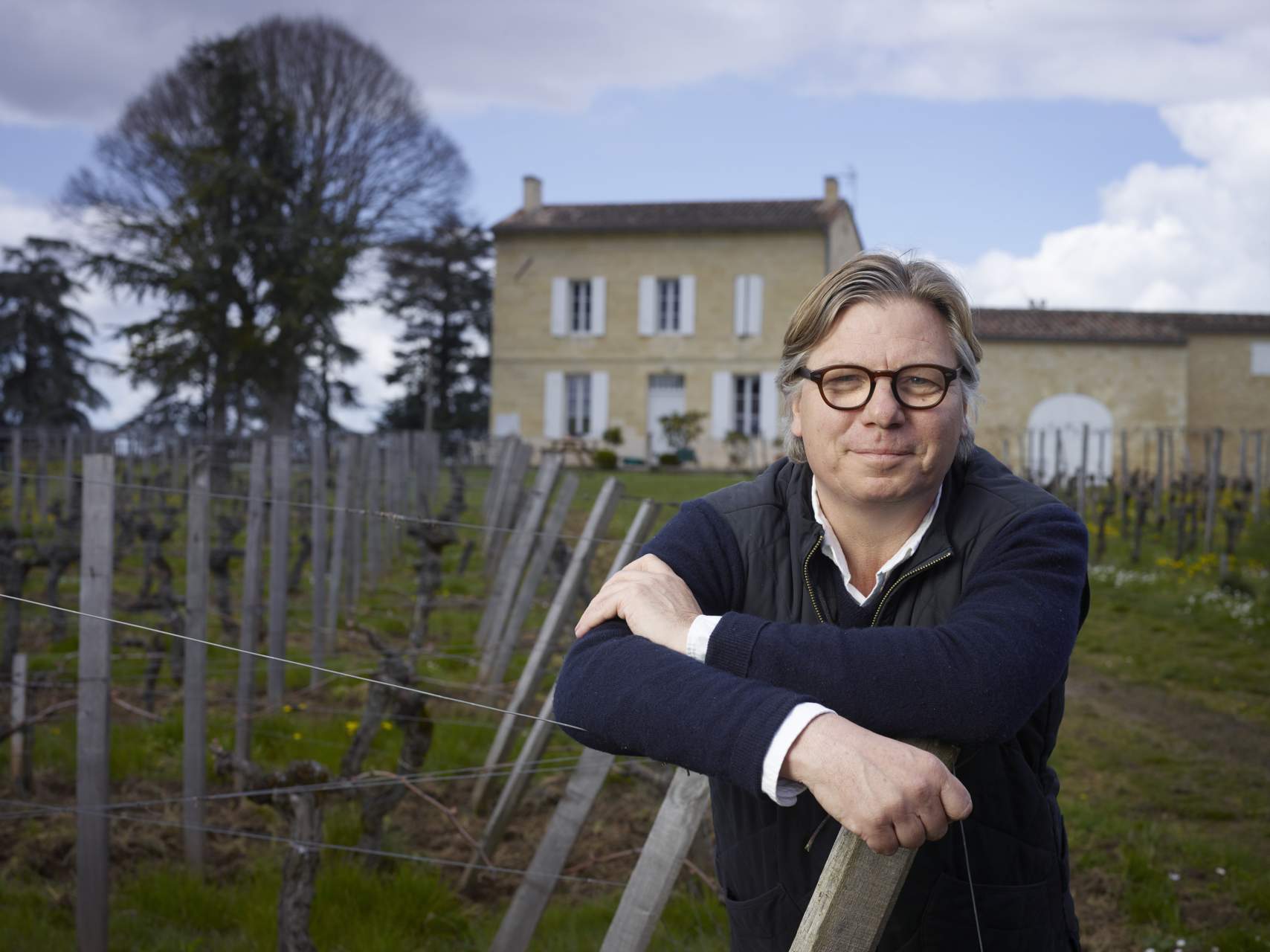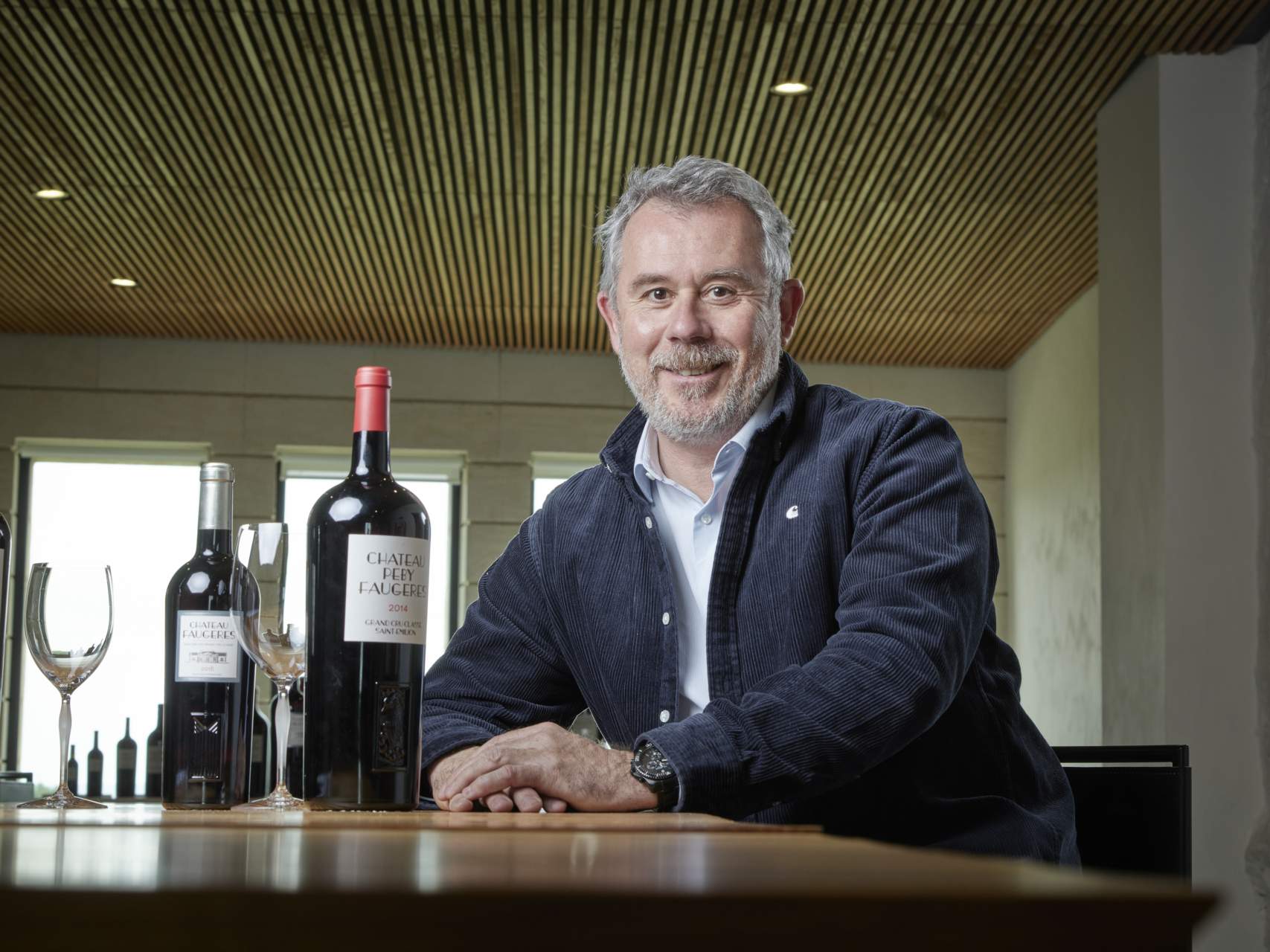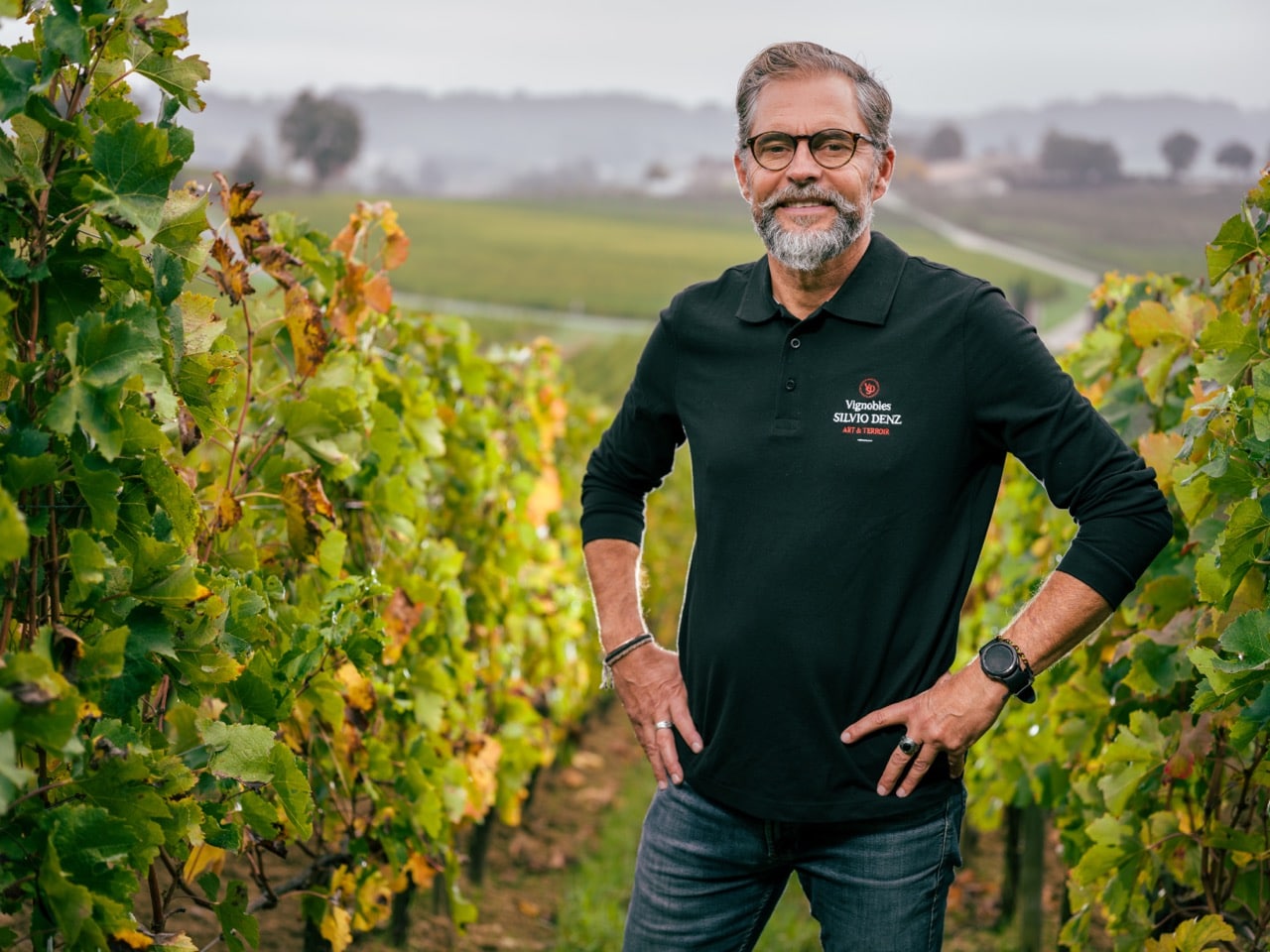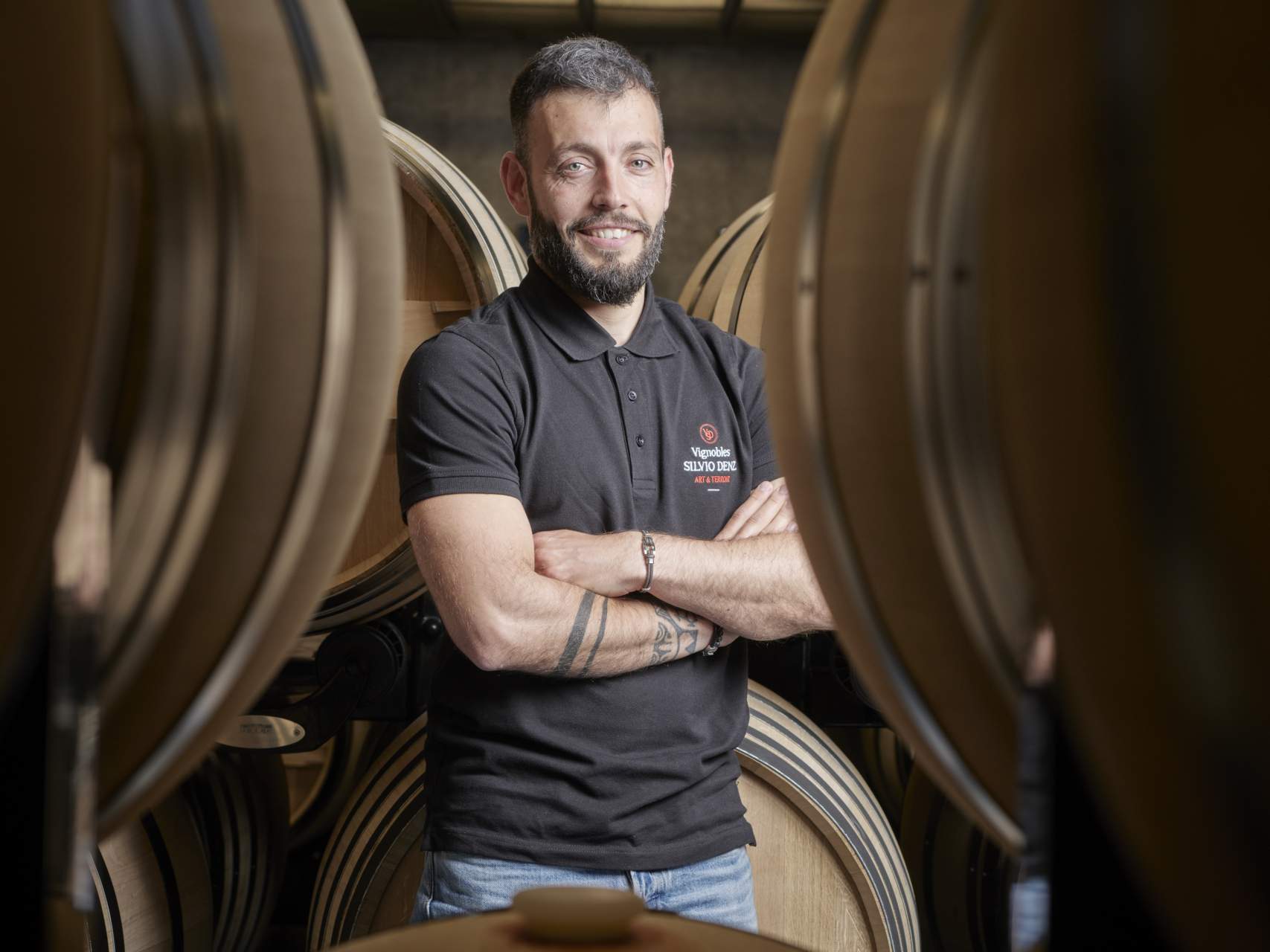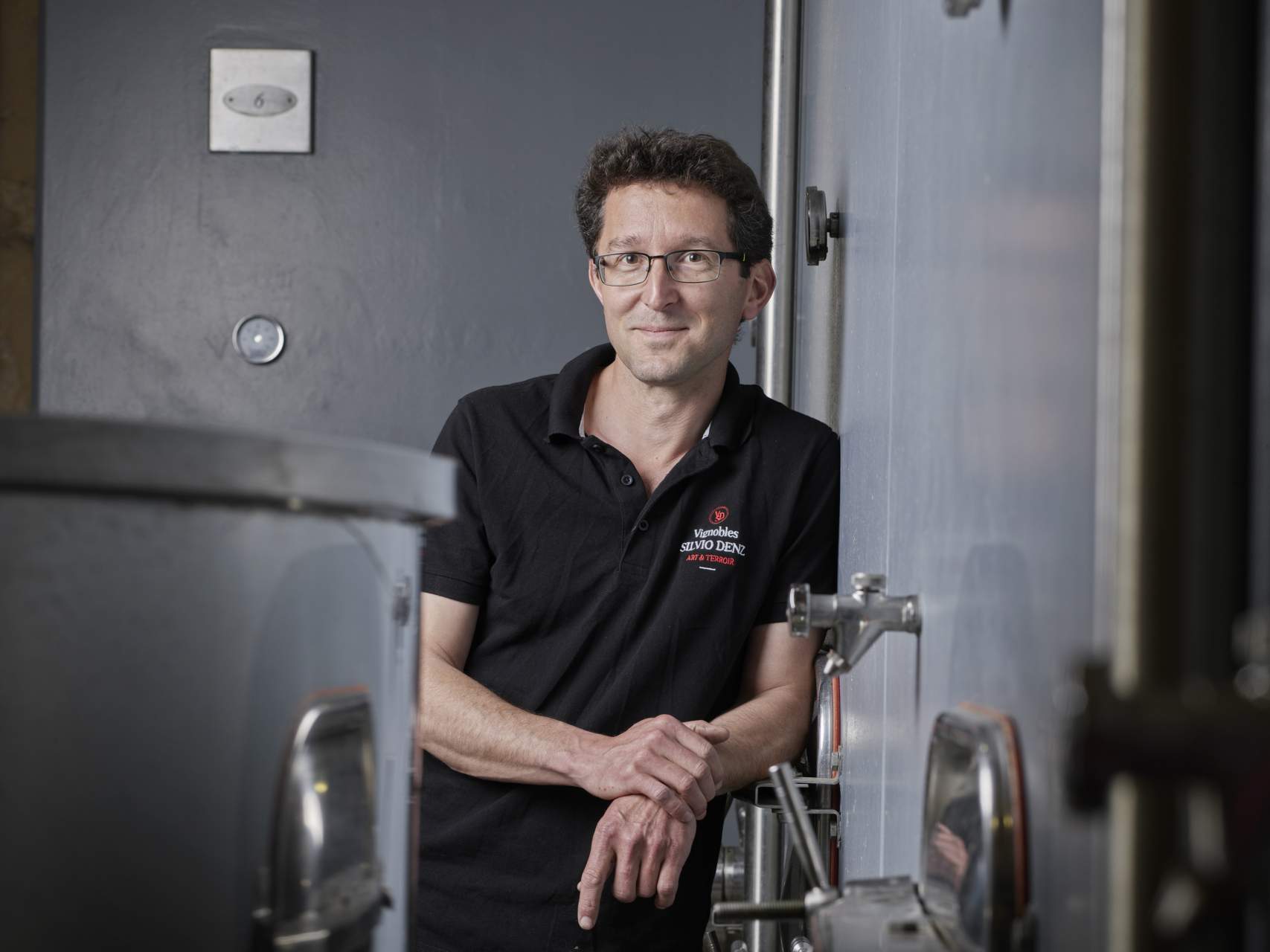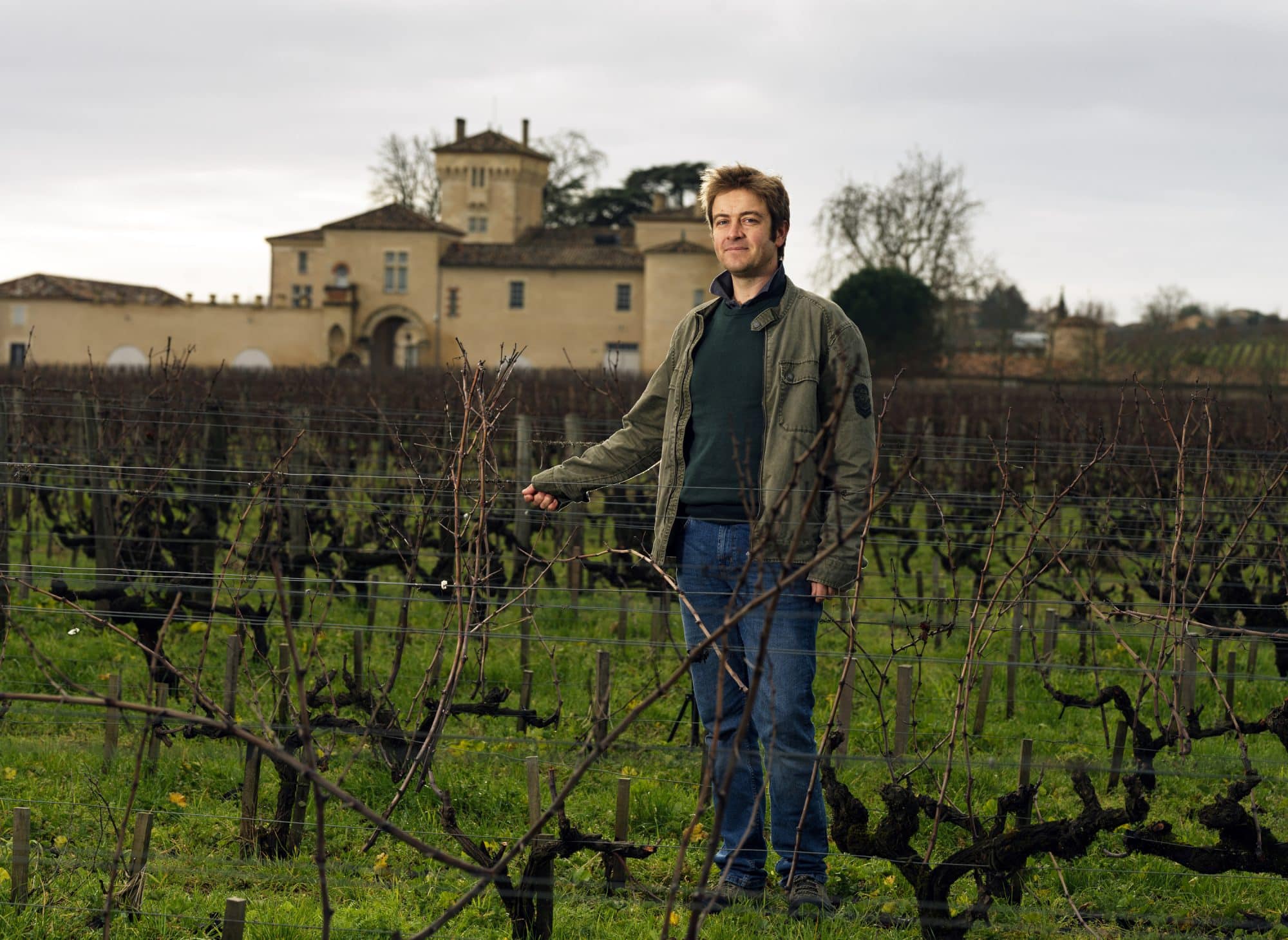Vineyards
Passion Expertise Rigour
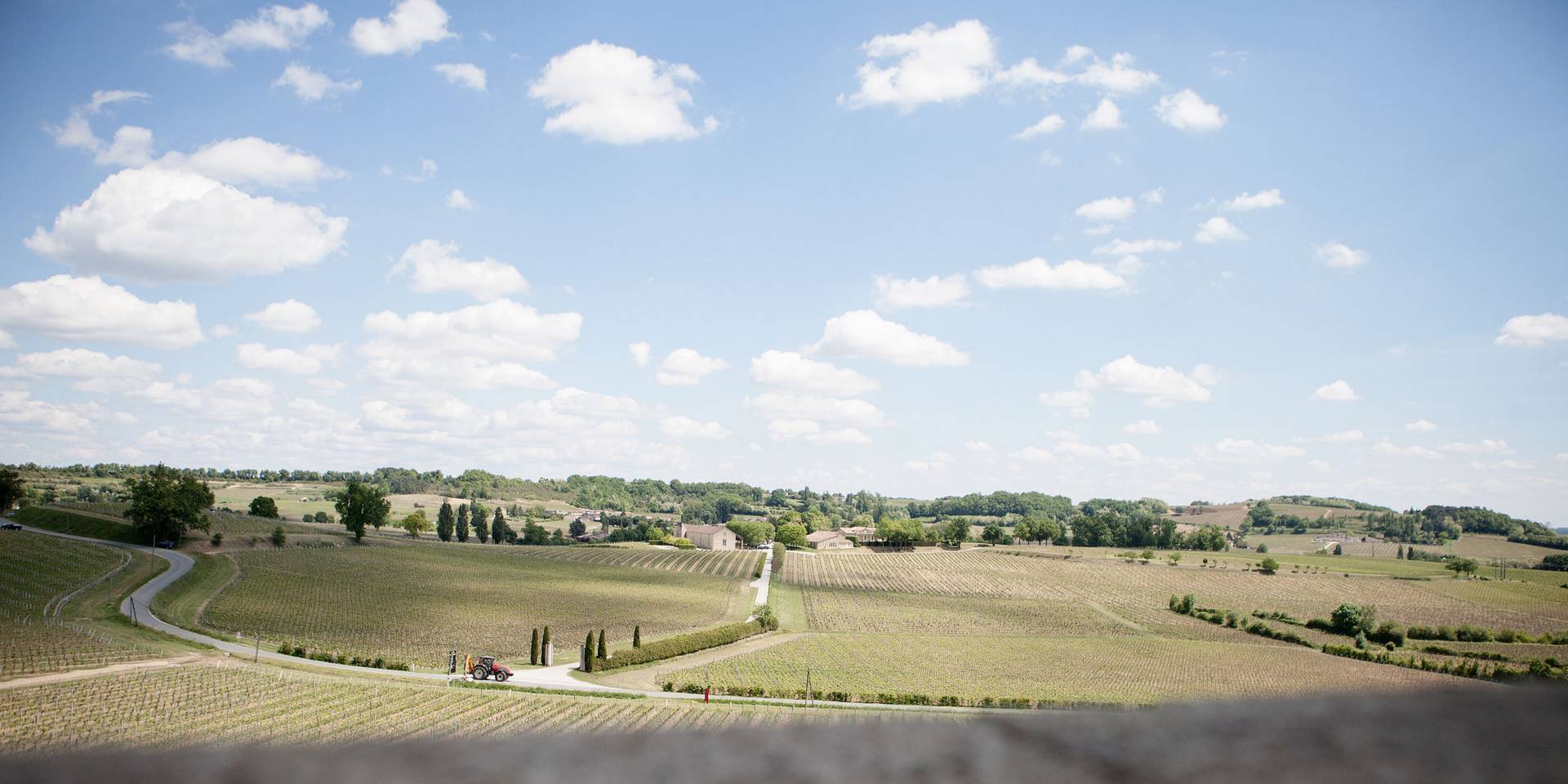
A history that spans centuries
Faugères has a rich past… According to in-depth research by historian Roland Kissling, André de Faugères had already identified the exceptional potential of the vineyard in 1619. A lease agreement between André de Faugères and the manager at the time, Jéhan Chlatin, dated 3 March 1619, confirms the presence of winegrowing activity. 400 years later, we continue to uphold his vision.
The winegrowing history of the hamlet of Rocheyron can be traced back to a farming family in the first half of the 16th century, also named Rocheyron. Although the spelling varies in the various archival records, the family appears to have remained in this hamlet for several centuries. According to Roland Kissling’s research, the first documentary evidence of the presence of the Rocheyron family in the hamlet of Rocheyron dates from 1565, when the boundaries of a plot of land were defined before a notary. However, the fact that the family and the hamlet share the same name would suggest they had already been living there for some time.
Over the centuries, Château Lafaurie-Peyraguey has had several illustrious owners who have worked to enhance both the estate and the reputation of its wines. In the 13th century, the Château’s entrance, towers and outer walls were built using old stone remnants from the commune of Bommes. The oldest timbers in Château Lafaurie-Peyraguey’s roof date back to 1431, confirming that there was activity on its land from at least the 15th century. Even older, the property’s “Maisons Rouges” plots were a well-known stopping place in Roman times.
Exceptional terroirs
Forming a natural amphitheatre, Faugères’ vineyard lies on the appellation’s limestone plateau, composed of calcareous soil on asteriated limestone dating from the Lower Oligocene, and on south-south-east facing clay-limestone slopes in a cirque, made up of calcareous soil on clay-limestone mollasse from the Upper Eocene and Oligocene. These two main types of terroir complement each other admirably in terms of their nature, location and exposure. On the right bank, Faugères’ vineyard is the fruit of a qualitative search for terroirs, and of the coherence and complementarity between their various properties.
Château Rocheyron’s vineyard represents a mosaic of plots meticulously selected for their excellence as an ensemble, enabling an optimal balance of grape varieties and terroirs. This ensures greater complexity in the wines.
Overlooking the village of Bommes, Lafaurie-Peyraguey’s vineyard lies in the heart of the appellation on Sauternes’ high gravel terrace. These exceptional vines are planted on soil made up of quaternary gravel deposited over 600,000 years ago on a substrate of Aquitanian limestone. It is not surprising that Lafaurie-Peyraguey’s wine was ranked second in the list of Sauternes First Growths (Premiers Grands Crus Classés) in the 1855 classification.
Nothing is left to chance in the management of the estates, which is focused on an ongoing quest for perfection using the most natural techniques.
Passion
The estates of Vignobles Silvio Denz in St.-Émilion and Sauternes share the passion that drives their owner. A love for wine and the prestige of the great terroirs inspired the businessman to invest in the Bordeaux region. Having led the Lalique Group to success and founded a wine trading business in Switzerland, he channelled his enthusiasm and his taste for excellence into the acquisition and development of vineyard estates.
Silvio Denz, Owner‘‘ Nothing is more precious than the moments that follow the opening of a bottle, as the wine reveals itself to the eye, nose and palate in successive stages. ’’
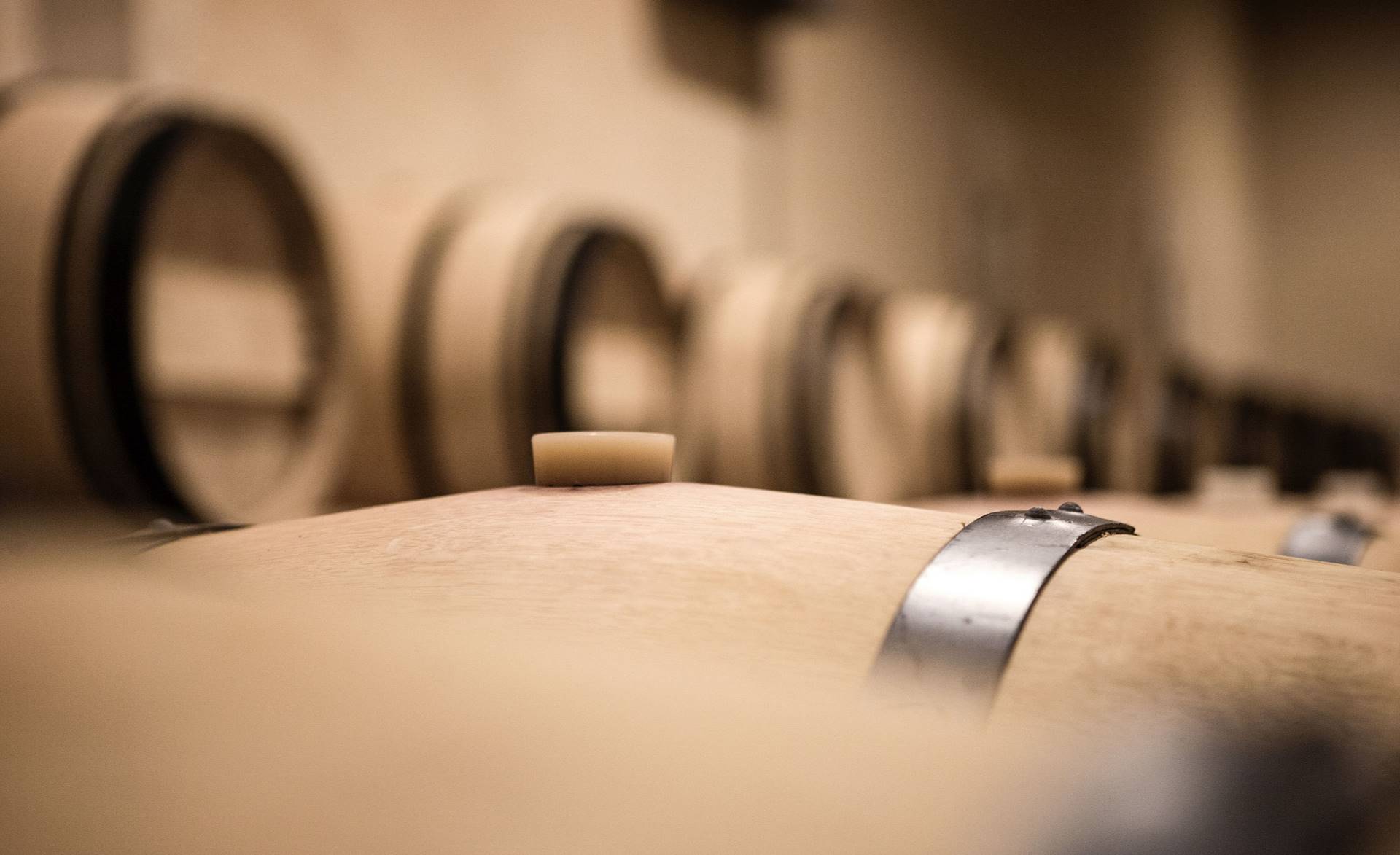
Expertise
Analysis of the terroir, expert advice, attentive care, modernization of equipment, the combination of traditional methods and the most innovative technologies: every aspect is optimized so as to obtain the fullest possible expression from each plot. To achieve these developments, Silvio Denz assembles talented teams and combines his passions: the art of winemaking and architecture, traditional expertise and state-of-the-art facilities are brought together to get the best out of his vineyards.
Silvio Denz, Owner‘‘ The most spectacular successes are always the result of a mixture of influences, as illustrated by the cathedral of wine designed by the great architect Mario Botta, dedicated to the art of vinification and the production of a prestigious wine. ’’
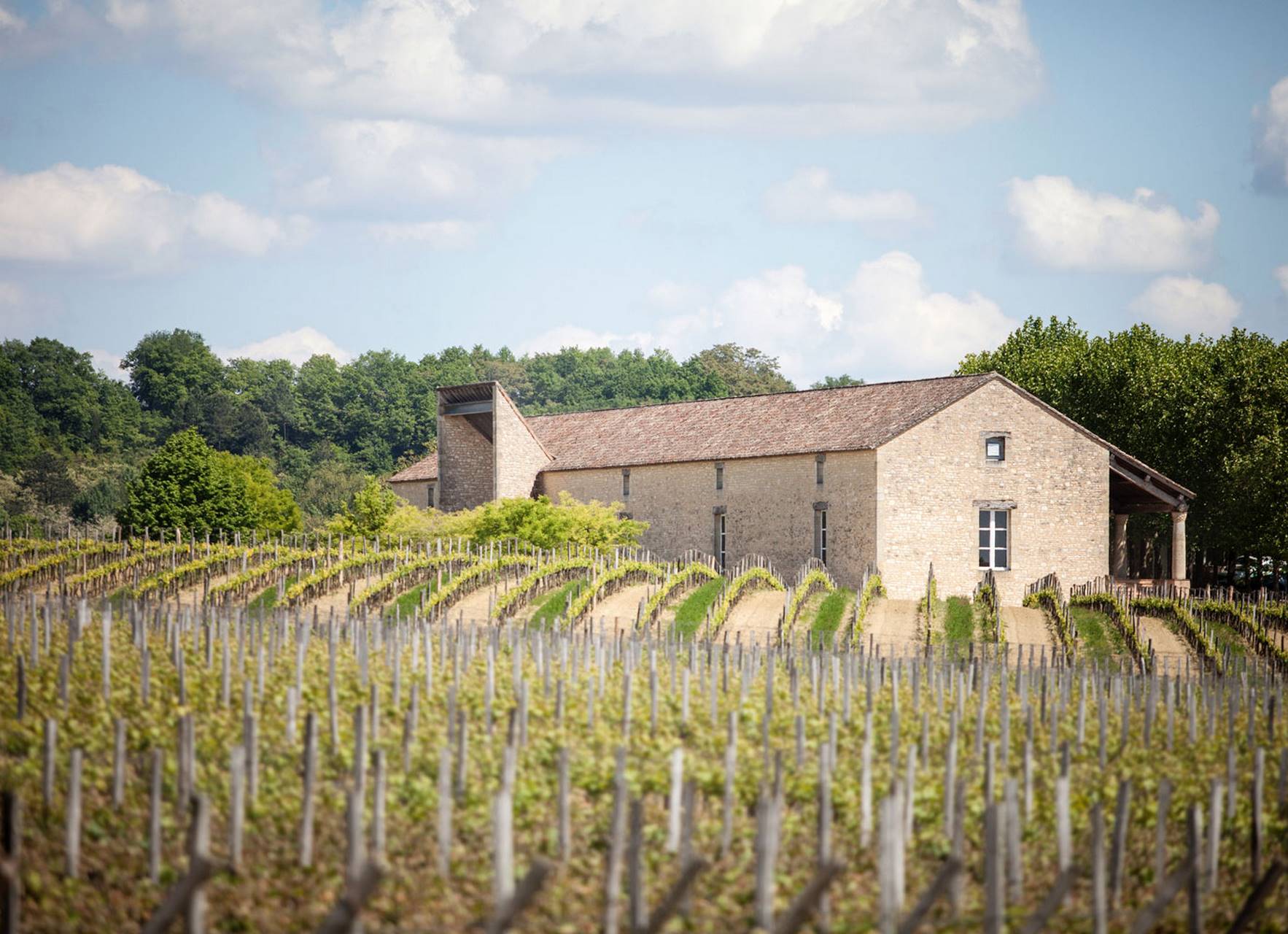

Rigour
Nothing is left to chance in the management of the estates, which is focused on an ongoing quest for perfection using the most natural techniques. Thanks to everyone’s hard work, the environmental targets set have been successfully met. With “High Environmental Value 3” (HEV 3) certification for all the properties, and commitment to a CSR certification process, each château is closely involved in protecting the terroir, enhancing the landscape and maintaining a sustainable vineyard.
Every detail counts and contributes to the unique expression of the wines. This rigorous approach and the commitment of the teams working in the vineyards has borne fruit. Over the years, tasting notes and scores have left no doubt as to the quality of the wines.
In 2012, seven years after their acquisition, Château Péby Faugères and Château Faugères became St.-Émilion Grands Crus Classés. Recognition was also due in part to activities developed in parallel with the same rigour.
Silvio Denz, Owner‘‘ A continuous quest for excellence with the appropriate respect for these great vineyards, of which we are no more than custodians. ’’
St.-Émilion, a vista of vines
The different characteristics and extent of the Vignobles Silvio Denz estates can be appreciated from the terrace of Faugères’ “cathedral of wine”. From the top of this promontory on the appellation’s right bank, the large triangle of vines formed by the three properties is perfectly visible. To the east, Péby Faugères’ Merlot rubs shoulders with Faugères’ plots, where Cabernet Franc and Cabernet Sauvignon mingle with Merlot, while Cap de Faugères’s vines span 20 hectares to the south. Just a few kilometres away, Château Rocheyron’s vines, on the Saint-Christophe-des-Bardes plateau surrounded by Grand Cru Classé properties, complete the ensemble.
-
Château Péby Faugères
Grand Cru Classé de Saint-Émilion
-
Château Cap De Faugères
Castillon-Côtes de Bordeaux
-
Château Faugères
Grand Cru Classé de Saint-Émilion
-
Château Rocheyron
Saint-Émilion Grand Cru

The Team
Sauternes, a land of sweet, mellow, naturally rare wines
Sauternes wines’ identity emerges from the coexistence of four elements: their terroir between the Garonne and Ciron, characterized by its gravelly-sandy soil; a unique microclimate; the presence of the botrytis cinerea fungus (“noble rot”); and the predominant grape variety, Sémillon. In this exceptional setting, where, for a few days a year, warm afternoons follow morning mists, the world’s most famous sweet white wines are produced. In 2014, Silvio Denz, seeking to expand his vineyards’ range of appellations, became the owner of Château Lafaurie-Peyraguey. The following year, he joined forces with the estate’s advisor Denis Dubourdieu and his family, with a view to enhancing the expression of the vineyard, that was still full of promise. As a result of this collaboration, the great dry white wines formerly produced at Lafaurie-Peyraguey were reborn. Silvio Denz’s already remarkable collection of properties was thus enriched by a Sauternes jewel, with fabulous potential.
-
Château Lafaurie-Peyraguey
1er Grand Cru Classé en 1855 Sauternes
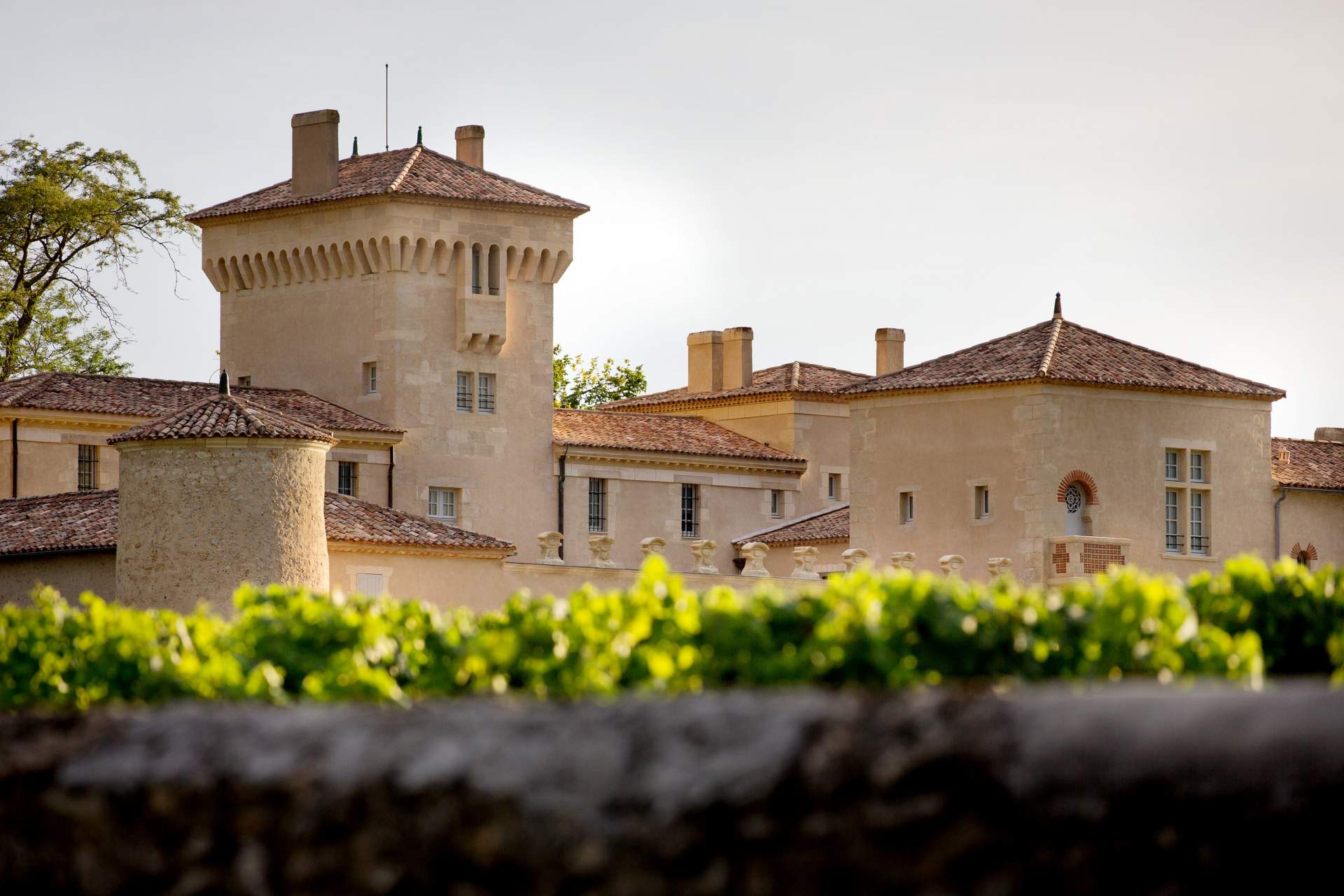
Even in the most abundant vintages, yields are lower in Sauternes than in other appellations. The rarity of these wines, resulting from the rigorous selection required for their production, contributes to their prestige. In the autumn, the evolution of the berries is carefully monitored so that only those reaching perfect “over-ripeness” are harvested in successive rounds of picking. The extreme concentration of sugar necessary for the production of sweet wines leads to low yields, which are further reduced by the somewhat delicate and unpredictable nature of the Sémillon grape. Silvio Denz, who strives for perfection in everything he does, could not help but recognise his own approach in the exclusivity that surrounds the Sauternes appellation’s great growths. Since acquiring Lafaurie-Peyraguey, the Swiss businessman has worked to develop the estate and further enhance the quality of this Sauternes Premier Grand Cru Classé.
Silvio Denz, Owner‘‘ Sauternes is the most emotional wine in the world. Behind the Sauternes wine that everyone knows, there is also a magnificent region and a people with strong values. ’’


